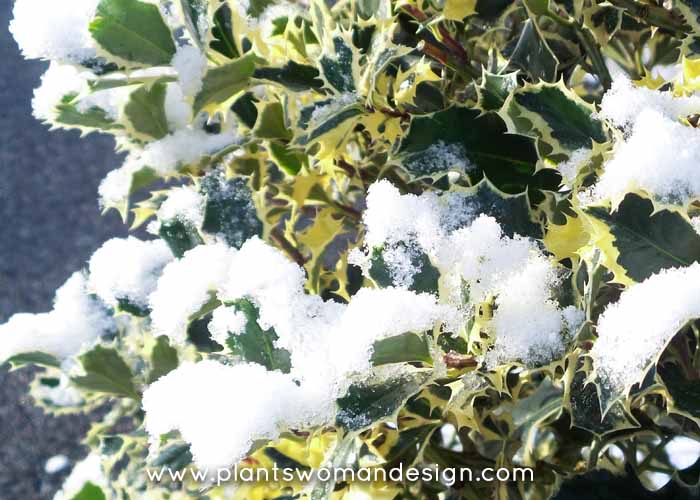As sometimes happens (many times actually) some research on a blog post can turn you to another direction totally. This is one of those times. While researching where and how to grow my favorite Christmas greens I came across a lot of information about holly. I use holly in my Christmas decorations but usually outside where the birds can feast on the (poisonous to us) berries while I look on. Not a huge fan of getting poked I like to concentrate on hollies that are a little friendlier. There are some great holly plants that are not prickly and are a structural evergreen presence all year round.
Still worthy of mention is the traditional English Holly (Ilex aquifolium), not one of the ‘friendly’ hollies. The leaves are spiny and sharp, making a great hedge with good foraging and home making places for birds. Predators can’t get to the nest and there is plenty of food. Beautiful and large in stature the Ilex aquifolium is worth a place in your large garden. Our family had one when I was a kid. I usually noticed it when I stepped barefooted on the leaves that littered the ground. This holly is the traditional holly for Christmas decorating but is easily replaced by a few friendlier varieties.
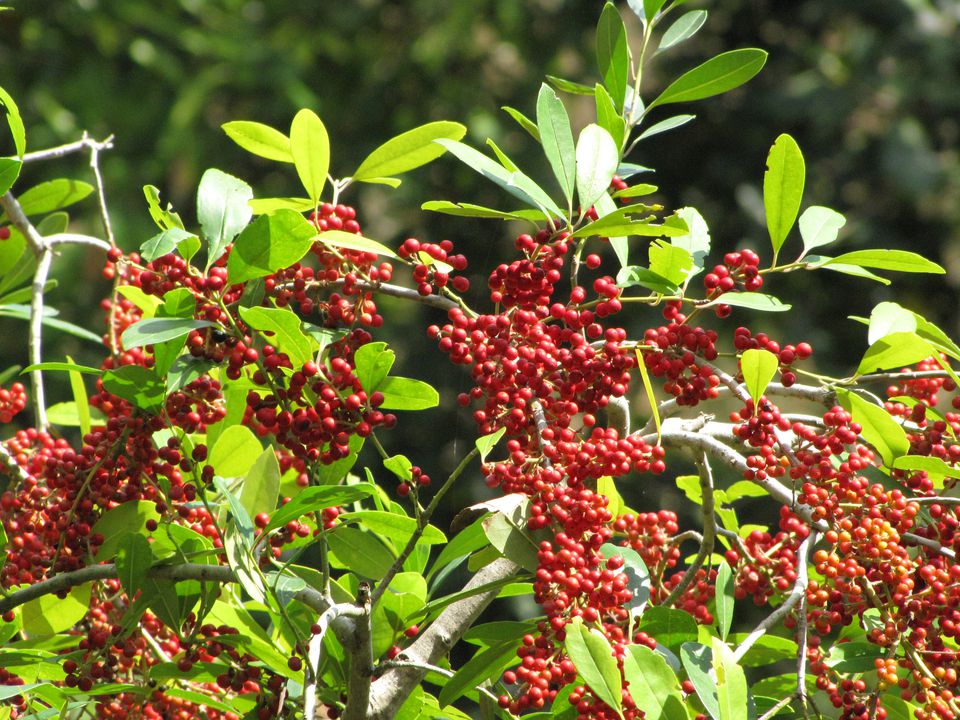
Heavy on berries, the unusual Ilex cassine var casine (Dahoon Holly), grows in moist ground. The leaves are spineless, evergreen and medium green. Hardy to zone 5 in full sun or part shade it is native to eastern United States, Mexico and the Caribbean
Moist ground is also a good place to grow Ilex verticillata or Winterberry Holly. Branches of this plant are abundant in the wholesale coolers at Christmas time. Deciduous, the berries are the part that makes this plant valuable for decorating. Vibrant in the landscape, bird fodder, and easy care make this plant well worth growing if you can find it. Hardy to zone 3 it is small in stature, worth it to put several plants growing together.
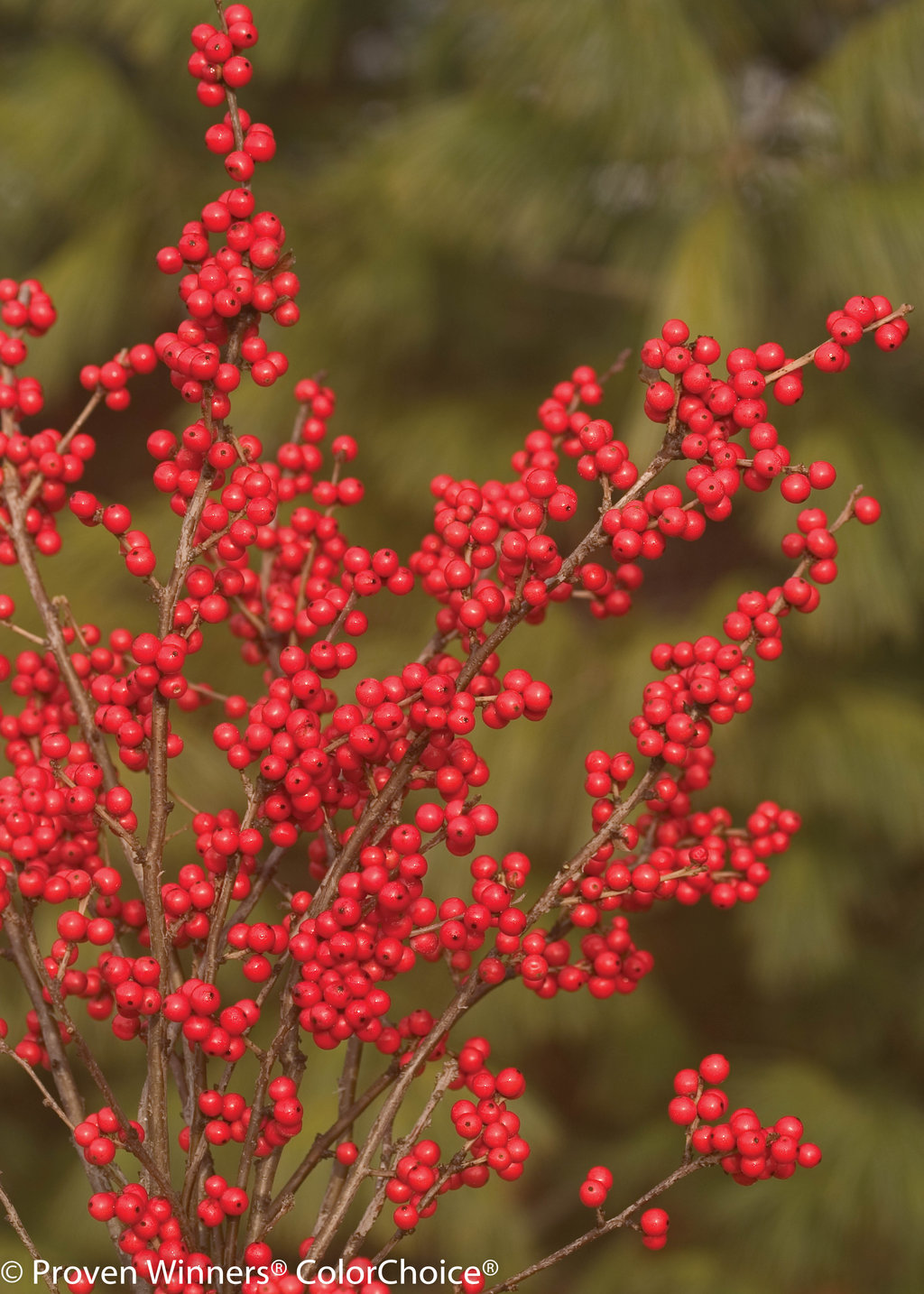

Next, Ilex cornuta, or Horned Holly is friendly too. It can easily be a small tree as well as a maintained shrub. It is good as a privacy hedge but without the spines to deter the random dog or human, a good choice for barefooting. Berries are there but does not bear heavily. This holly likes sun and dry-ish ground. It can be part of a drought tolerant landscape. One of the most amazing places I saw it growing was in Phoenix Arizona, it was pretty happy without much extra water from the tap. Zone 7 – 9 in Sun or part shade. I most often see Ilex cornuta ‘Burford’. No male plant is needed for berries on this tree.
Ilex altaclerensis Balgeica ‘marginata’ has no spines and beautiful white variegated foliage. Berries stay well and is easy and more robust than common English Holly. It likes moist, well drained soil and male plant close by to produce berries.
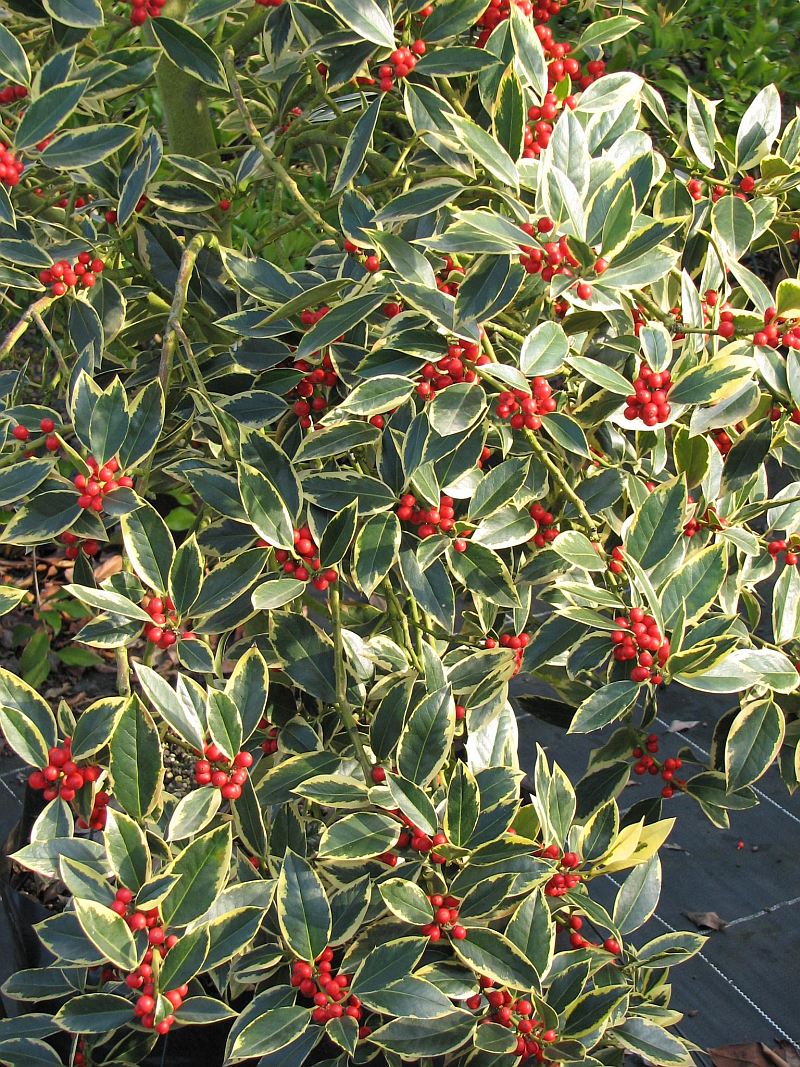
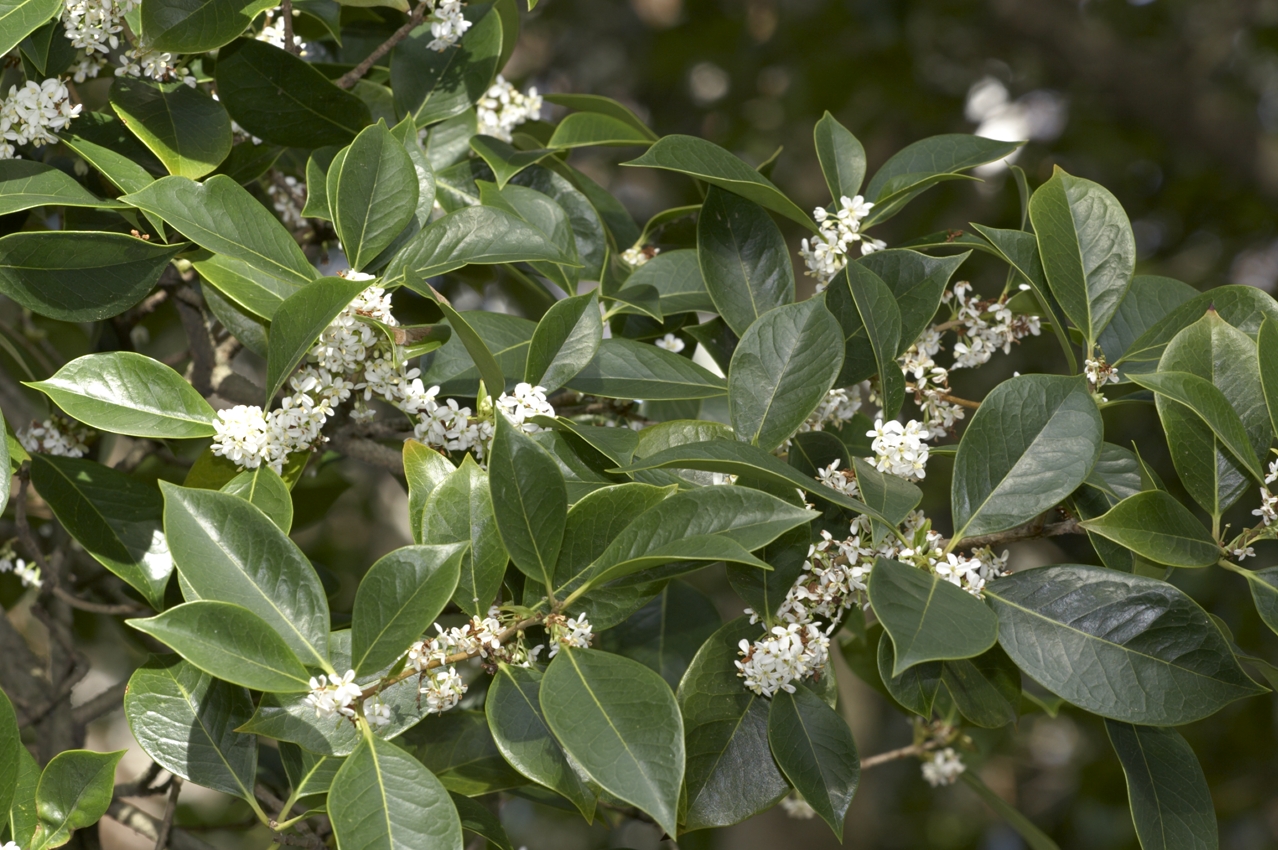
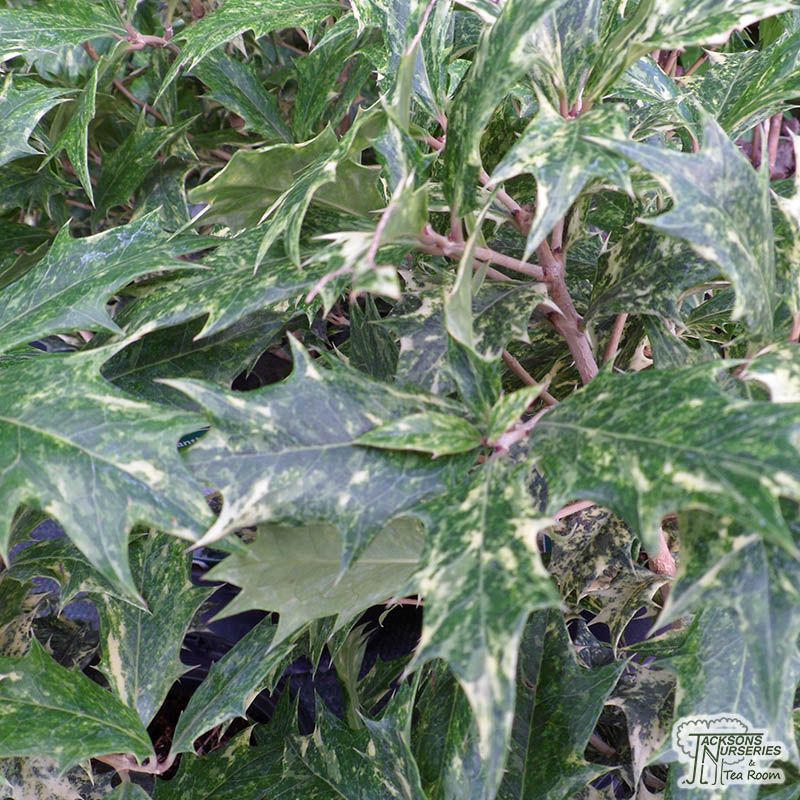
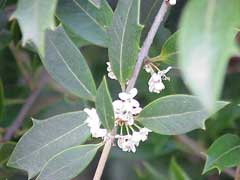
It is fun to mess with people and plant a holly like plant that is not a holly. It always makes for good arguments and has the added benefit of showing off your horticultural ‘name that plant’ knowledge. Osmanthus genus will do that for you! Osmanthus heterophyllus has holly like leaves both with silver/gray foliage (Tea Olive), dark green foliage (Gulftide), and variegated foliage (Goshki). Throw in a Osmanthus fragrans to really stir the brain cells. The leaves are very spiky looking but with a soft, not stiff texture. Zone 7 – 9, blooming in September with fragrance, they are well worth a spot in any garden. They are drought tolerant and can even grow in clay soil.
Most Hollies like:
- slightly acid soil with good drainage.
- full sun or partial shade
- Protection from drying winds
- birds, bees, and insects to live in their branches.
Hollies are not liked by:
- Deer or foraging animals.
- Humans with small children, or pets that may eat the berries.
- Barefooted people (young or old)
- People or animals trying to get into the garden or your house – Great hedging.
Stay tuned for updated Christmas Cuttings list – Fabulous plants you can plant now for cutting greens for years to come. A design for a bed using these will also be given at the end of the series.
Christmas Cuttings List – Magnolia Grandiflora, Rosa Nutkana, Midwinterfire dogwood, western red cedar, shore pine, White Pine, Rosa Multiflora, Mahonia

